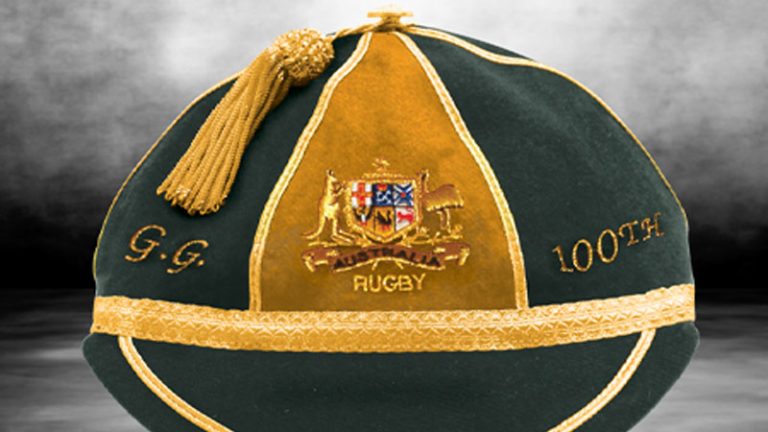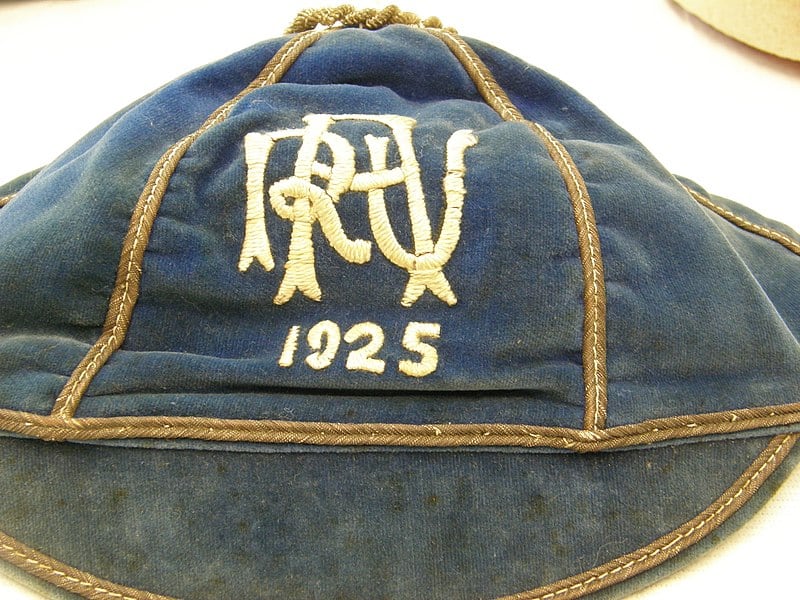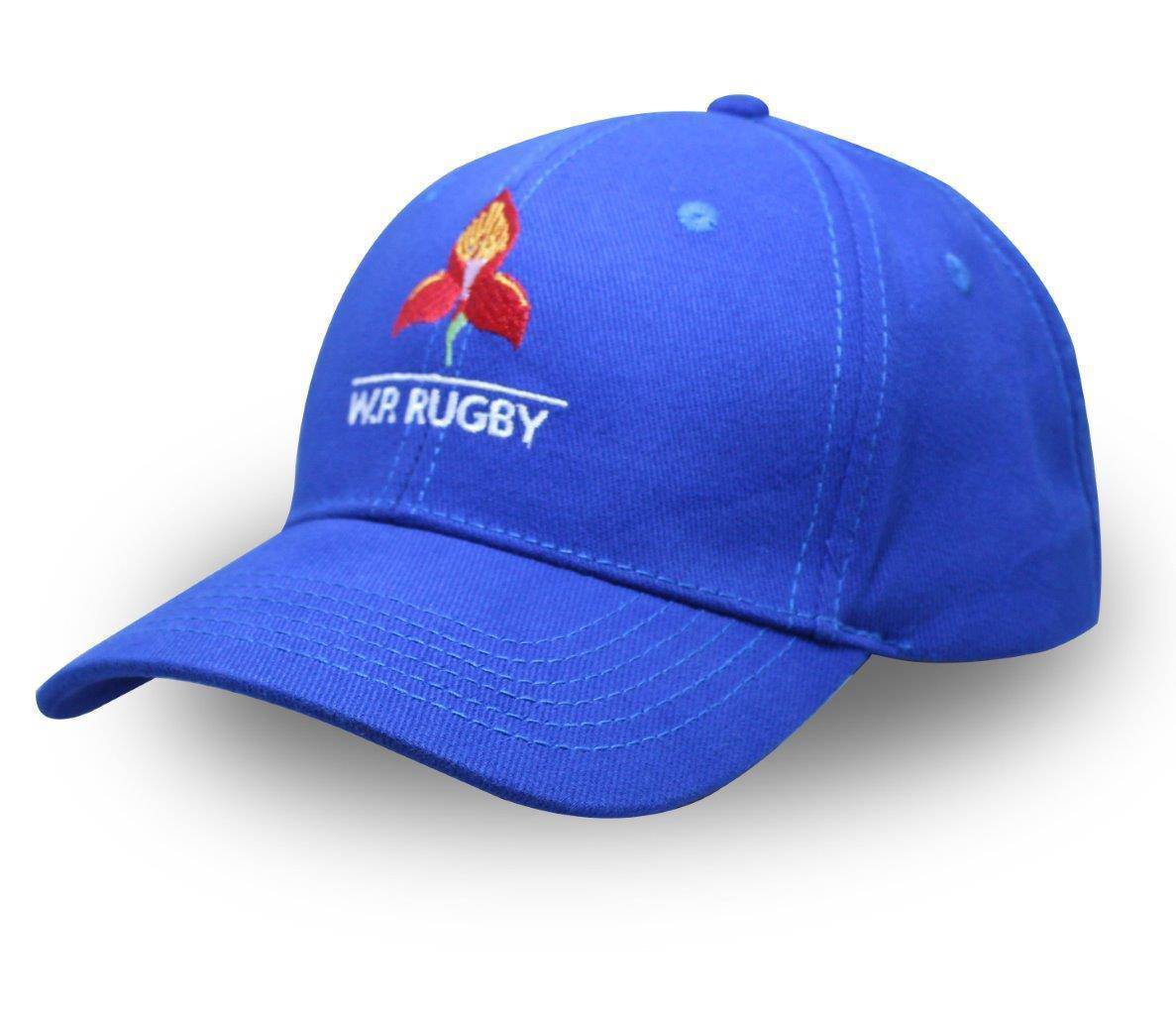Rugby cap meaning – Embark on a journey into the world of rugby caps, where tradition, pride, and camaraderie intertwine. Discover the rich history, symbolic meaning, and cultural significance behind these iconic headpieces that adorn the heads of rugby players, representing not just a sport but a way of life.
From their origins on the fields of England to their evolution into emblems of national identity, rugby caps have become more than mere protective gear. They embody the spirit of the game, fostering a sense of belonging and unity among players and fans alike.
Historical Context
The origins of rugby caps can be traced back to the early days of the sport in the 19th century. Rugby football, as it was then known, was a rough and tumble game played by students at English public schools.
To protect their heads from injury, players would often wear leather or cloth caps.
As the game became more organized and popular, so too did the tradition of wearing caps. By the late 19th century, caps had become an essential part of a rugby player’s uniform. They were used to distinguish between teams and to provide a sense of identity and camaraderie.
Significance of Rugby Caps
Rugby caps have always held a special significance in the sport. They are a symbol of pride and achievement, and they represent the wearer’s commitment to the game. Caps are often awarded to players who have made a significant contribution to their team or country, and they are often worn with great pride.
In addition to their symbolic value, caps also have a practical purpose. They help to protect players’ heads from injury, and they can also be used to identify players on the field.
Symbolic Meaning: Rugby Cap Meaning
Rugby caps hold immense symbolic value, representing a profound sense of pride and camaraderie among players. These caps are not merely headwear; they embody the spirit of the sport, its traditions, and the unyielding bond shared by teammates.
Pride and Honor
Earning a rugby cap is a testament to exceptional skill, dedication, and unwavering commitment to the sport. Each cap symbolizes a player’s journey, their countless hours of training, and the sacrifices they have made to reach the pinnacle of rugby.
The cap becomes a cherished symbol of their accomplishments, a badge of honor that they wear with pride both on and off the field.
Team Spirit
Rugby caps also represent the unbreakable bond that exists between teammates. When players wear their caps together, they form a united front, a brotherhood of athletes who have faced countless challenges and triumphs side by side. The cap becomes a physical manifestation of their shared experiences, their unwavering support for one another, and the enduring legacy they have built together.
Types and Styles

Rugby caps come in various types and styles, catering to different competitions and preferences.
The most common type of rugby cap is the traditional beanie-style cap, featuring a round crown and a close-fitting brim. These caps are typically made from wool or a wool blend, providing warmth and comfort during cold weather matches.
International Caps
International rugby caps are awarded to players who represent their national teams. These caps are often highly prized by players and are considered a symbol of national pride.
- The color of international caps varies depending on the country, with some nations using their national colors and others opting for more traditional colors like white or navy.
- International caps often feature the team’s crest or logo, as well as the player’s name and number.
Club Caps
Club rugby caps are worn by players who represent their club teams. These caps are typically designed to match the club’s colors and logo.
- Club caps can vary in style, with some featuring a more traditional beanie-style design while others opt for a more modern, peaked cap design.
- Club caps often include the player’s name and number, as well as the club’s crest or logo.
Special Edition Caps
Special edition rugby caps are released to commemorate special occasions or events, such as a team’s anniversary or a player’s milestone achievement.
- Special edition caps can feature unique designs, colors, and materials, and are often highly sought after by collectors.
- These caps may include special embroidery or patches to commemorate the occasion.
Design Elements
Rugby caps are not just functional headwear but also serve as a canvas for creative expression. The design elements of a rugby cap play a crucial role in conveying team identity and player individuality.
The most prominent design element is the logo or crest. This typically represents the team or club and is often embroidered or printed on the front of the cap. Logos can range from simple text-based designs to intricate emblems that incorporate symbols and imagery related to the team’s history or culture.
Stitching
The stitching on a rugby cap is both functional and decorative. It helps to secure the cap together while also creating a distinctive visual pattern. Common stitching techniques include flat stitching, raised stitching, and embroidered stitching. The color and pattern of the stitching can be customized to complement the team’s colors or create a unique look.
Creative Process
The design process for rugby caps involves a collaboration between designers, manufacturers, and team representatives. Designers work with teams to understand their vision and create concepts that align with their brand identity. They then produce prototypes and mockups, which are refined through feedback and iterations until the final design is approved.
Manufacturing Process
The manufacturing process of rugby caps involves several intricate steps that ensure the durability and quality of these iconic headwear. From the selection of premium materials to the meticulous craftsmanship, each stage contributes to the distinctive characteristics of rugby caps.
Materials, Rugby cap meaning
- Wool:Traditional rugby caps are crafted from high-quality wool, known for its exceptional warmth, breathability, and water-repellent properties.
- Cotton:Cotton is another popular material used in the production of rugby caps, offering comfort, breathability, and a soft texture.
- Synthetic Blends:Modern rugby caps often incorporate synthetic materials such as polyester or nylon to enhance durability, moisture-wicking capabilities, and colorfastness.
Techniques
The manufacturing process involves a combination of traditional and modern techniques to create rugby caps:
- Knitting:Caps are typically knitted using circular knitting machines, which produce a seamless, tubular fabric.
- Seaming:The knitted fabric is then seamed together at the crown and sides, ensuring a secure and durable construction.
- Embroidery:Logos, crests, and other designs are embroidered onto the caps using specialized embroidery machines.
li> Finishing:The caps undergo a finishing process that includes washing, pressing, and inspection to ensure they meet the highest quality standards.
Quality Control
Rigorous quality control measures are implemented throughout the manufacturing process to ensure the caps meet the desired specifications:
- Material Inspection:Raw materials are inspected to ensure they meet the required quality standards.
- Knitting Monitoring:The knitting process is closely monitored to prevent defects and ensure consistent quality.
- Embroidery Verification:Embroidered designs are carefully checked for accuracy and precision.
- Final Inspection:Finished caps undergo a thorough final inspection to ensure they meet the desired standards of craftsmanship and durability.
Cultural Significance

Rugby caps have profound cultural significance in many countries and regions around the world, transcending the sport itself and becoming symbols of national identity, unity, and pride.
In countries with a strong rugby tradition, such as New Zealand, South Africa, and Wales, rugby caps are highly prized and represent the pinnacle of sporting achievement. Wearing a cap signifies that an individual has not only excelled in the sport but also embodies the values of the game, including teamwork, discipline, and perseverance.
National Identity and Unity
Rugby caps have played a pivotal role in fostering national identity and unity in many countries. They are often worn by national teams during international matches, becoming a visible symbol of the country’s pride and patriotism. The act of wearing a cap unites players and fans alike, creating a sense of belonging and shared purpose.
In countries where rugby is a popular sport, caps are often seen as a symbol of national pride and a source of inspiration. They are displayed prominently in homes, schools, and public spaces, serving as a reminder of the country’s sporting achievements and the values associated with the game.
Notable Caps
Throughout the history of rugby, certain caps have become iconic symbols of the sport, representing legendary players, memorable matches, and the enduring spirit of the game.
These caps have played a significant role in shaping the identity of rugby and have become synonymous with the sport’s values of camaraderie, sportsmanship, and fierce competition.
The All Blacks Cap
The black cap of the New Zealand All Blacks is perhaps the most recognizable rugby cap in the world. It is a symbol of excellence and dominance, as the All Blacks have consistently ranked among the top rugby nations throughout history.
The cap is adorned with a silver fern, the national symbol of New Zealand, and has become a powerful symbol of national pride and unity.
The British and Irish Lions Cap
The British and Irish Lions cap is worn by a select group of players chosen from England, Scotland, Wales, and Ireland to represent the combined nations on tours to other countries.
The cap is a symbol of prestige and honor, and players who earn the right to wear it are considered among the elite of the game.
The Barbarians Cap
The Barbarians cap is worn by a team of invitational players who represent the spirit of rugby as a global game. The Barbarians play exhibition matches against other teams and are known for their attacking style and camaraderie.
The cap is a symbol of the inclusive nature of rugby and the belief that the game should be played for enjoyment and the love of the sport.
Collection and Display

Rugby caps are not just souvenirs; they hold historical significance and can be valuable collectibles.Preserving these caps is essential for future generations to appreciate the sport’s history and the players who have shaped it.
Collecting Rugby Caps
- Seek caps from significant matches, such as international tournaments or championship games.
- Consider the player’s history, accomplishments, and the team they represented.
- Research and verify the authenticity of caps before purchasing to avoid counterfeits.
Displaying Rugby Caps
- Use shadow boxes or display cases to protect and showcase caps.
- Arrange caps chronologically or by team to create a visually appealing display.
- Include labels or descriptions providing context and information about the caps.
- Store caps in a cool, dry place away from direct sunlight to prevent fading and deterioration.
Future Innovations
With the rapid advancements in technology, it is likely that we will see significant innovations in the design and technology of rugby caps.New materials and technologies will likely be incorporated into caps to improve their performance and comfort. For example, lightweight, breathable fabrics may be used to keep players cool and dry, while impact-absorbing materials may be used to provide better protection.
Additionally, caps may be equipped with sensors to track player performance and health.
Personalization Options
Personalization options are likely to become increasingly popular, allowing players to customize their caps to reflect their individual style. This could include the ability to choose from a variety of colors, patterns, and logos, as well as the option to add their own names or initials.
Closure
As we delve into the intricacies of rugby cap meaning, we uncover the stories, traditions, and innovations that have shaped these cherished symbols. Whether adorning the heads of legendary players or proudly displayed in collections, rugby caps continue to captivate and inspire, reminding us of the enduring legacy of the sport and the unbreakable bonds it creates.
FAQ Guide
What is the historical significance of rugby caps?
Rugby caps have a rich history dating back to the 19th century, serving as a symbol of national pride and sporting achievement.
What do the different designs and colors of rugby caps represent?
The designs and colors of rugby caps vary depending on the team or nation they represent, often incorporating logos, crests, and national colors.
How are rugby caps manufactured?
Rugby caps are typically made from durable materials such as cotton or wool, with intricate stitching and embroidery to create the desired designs.